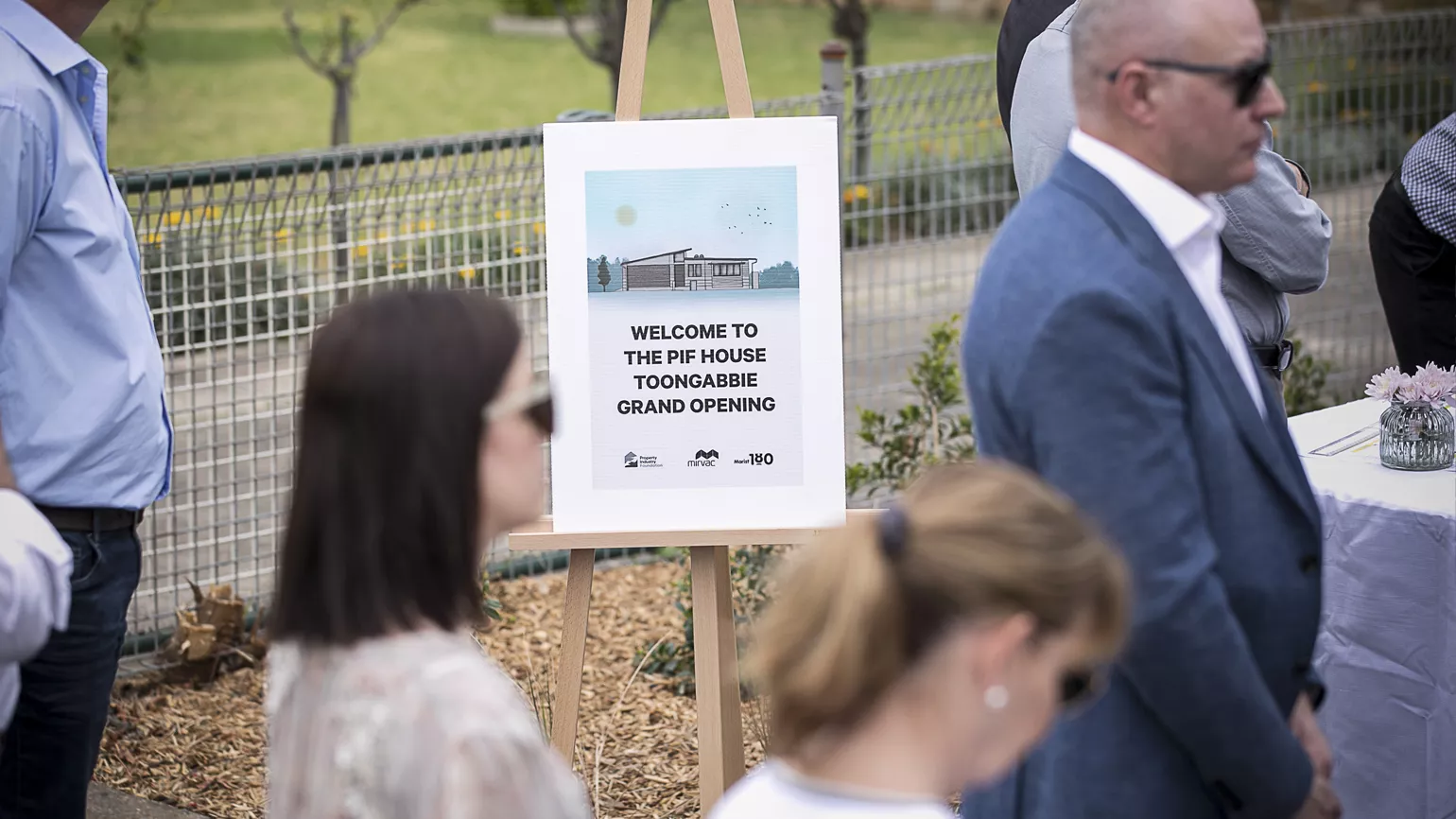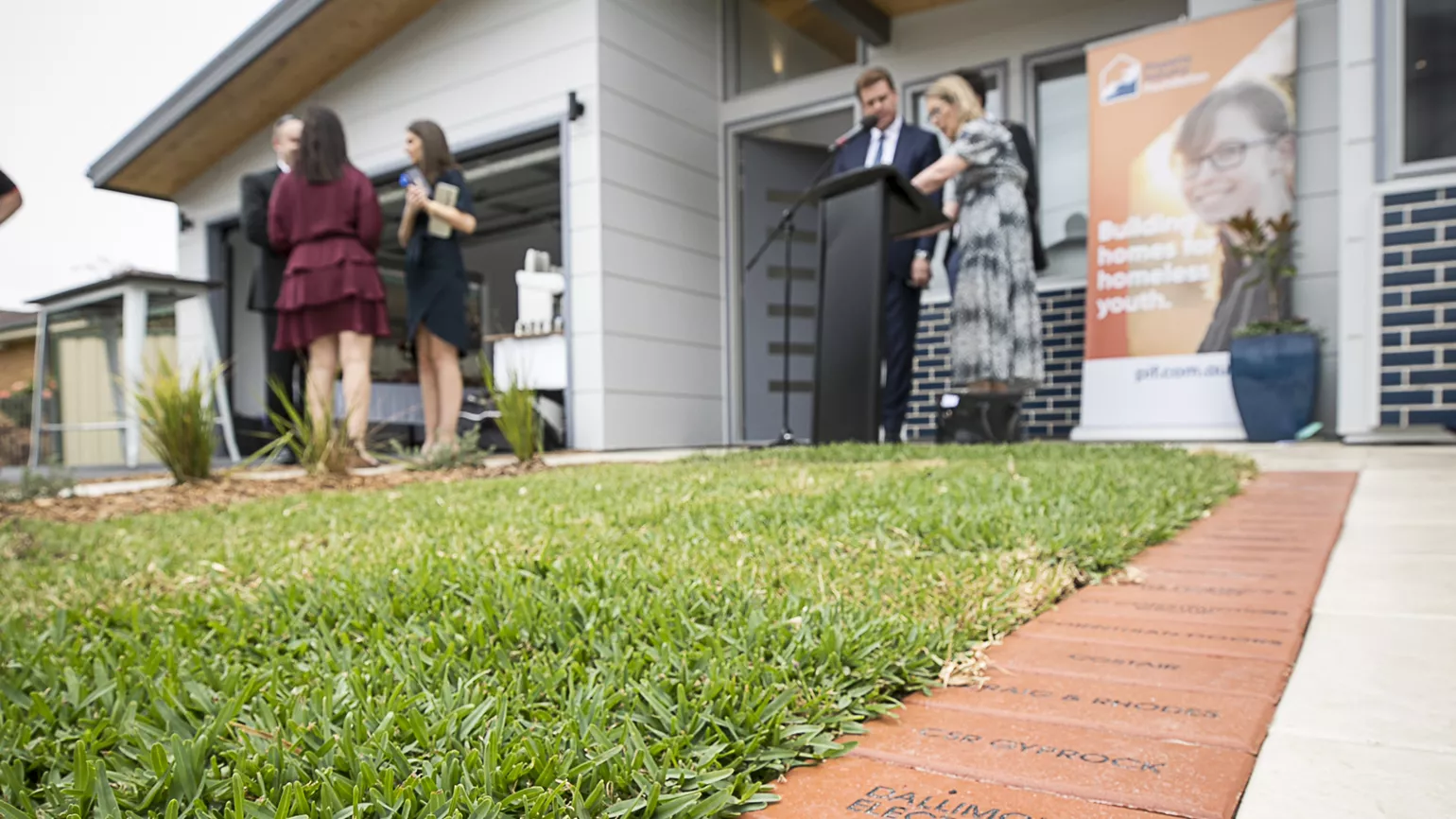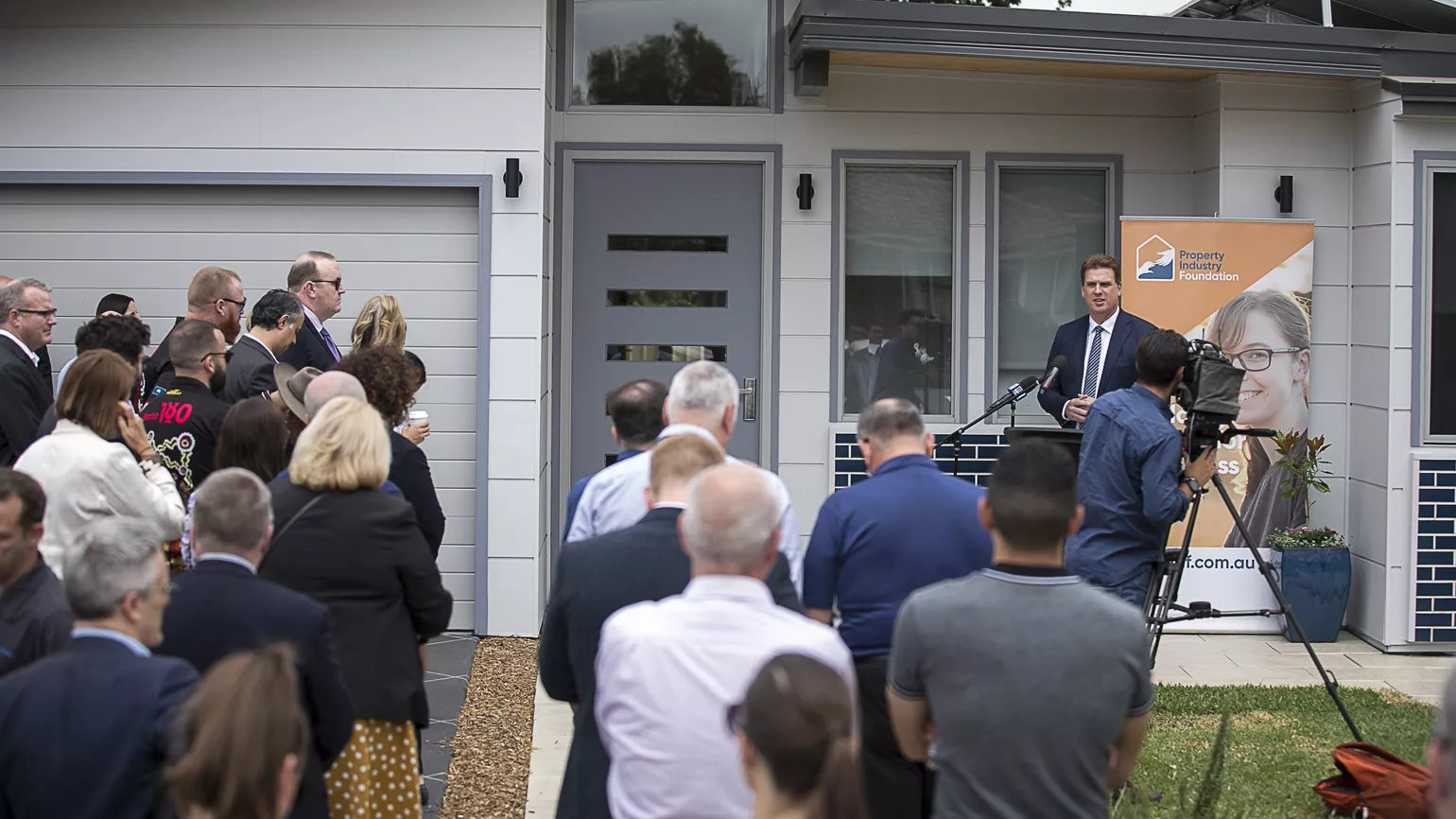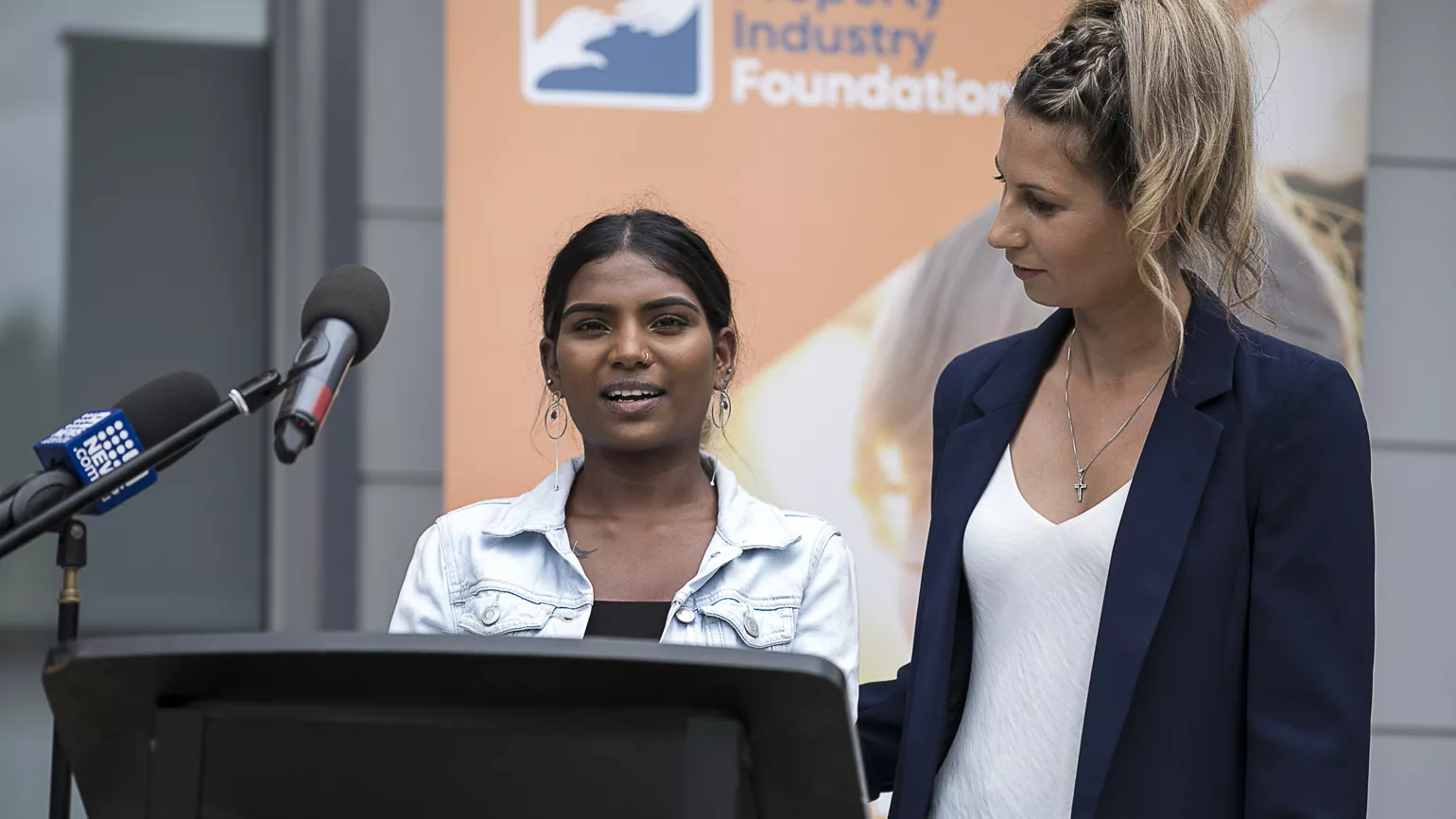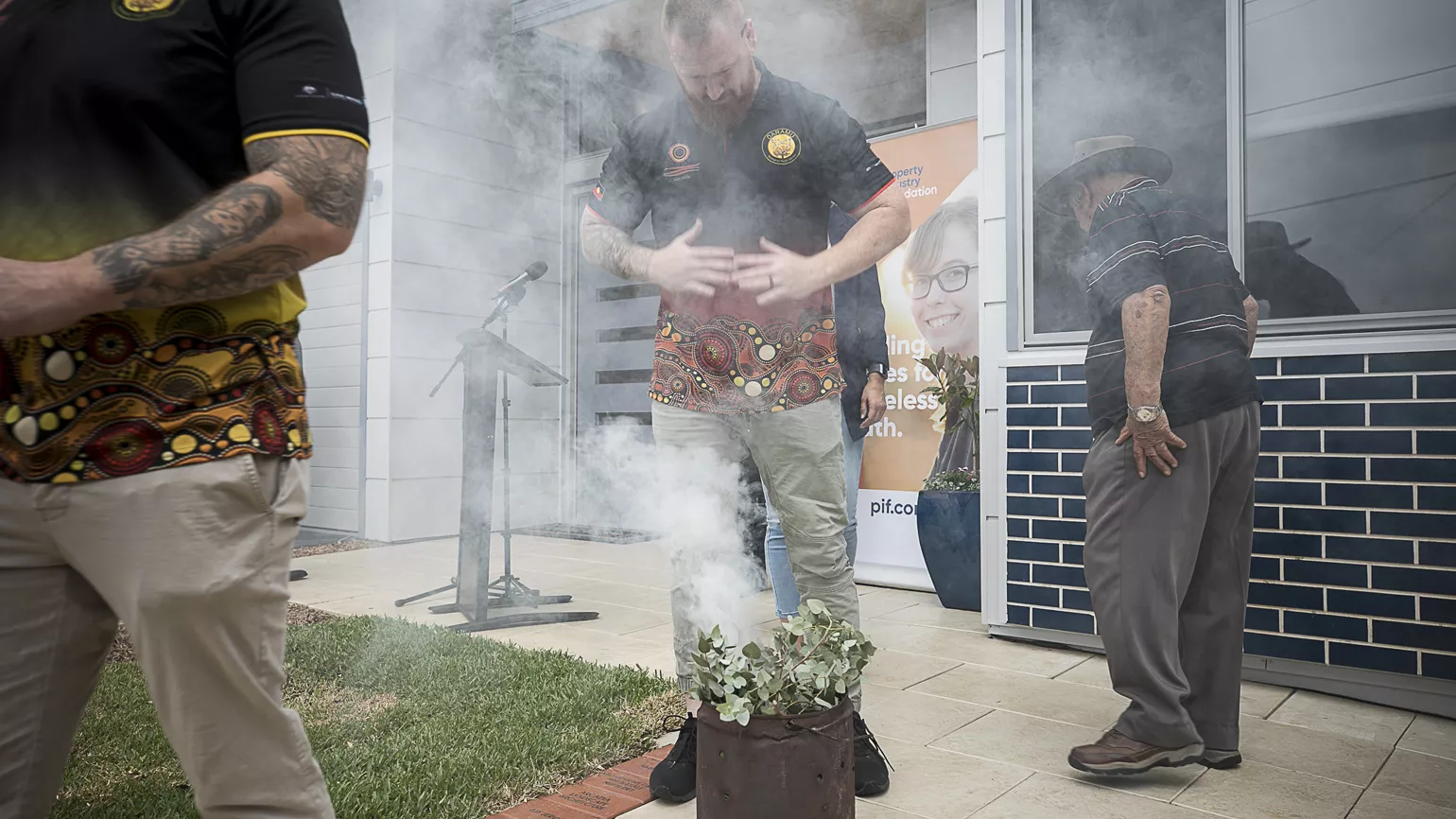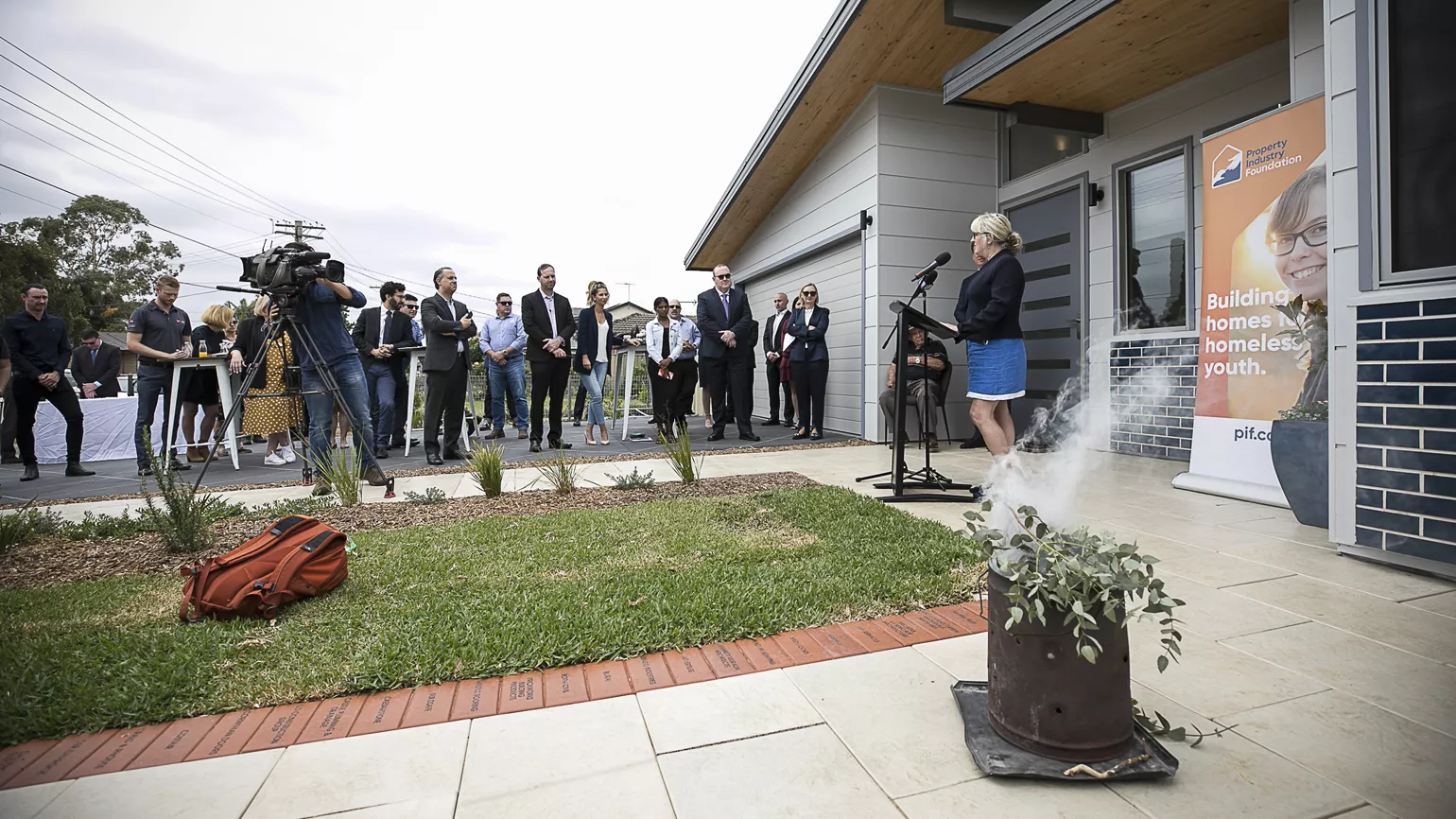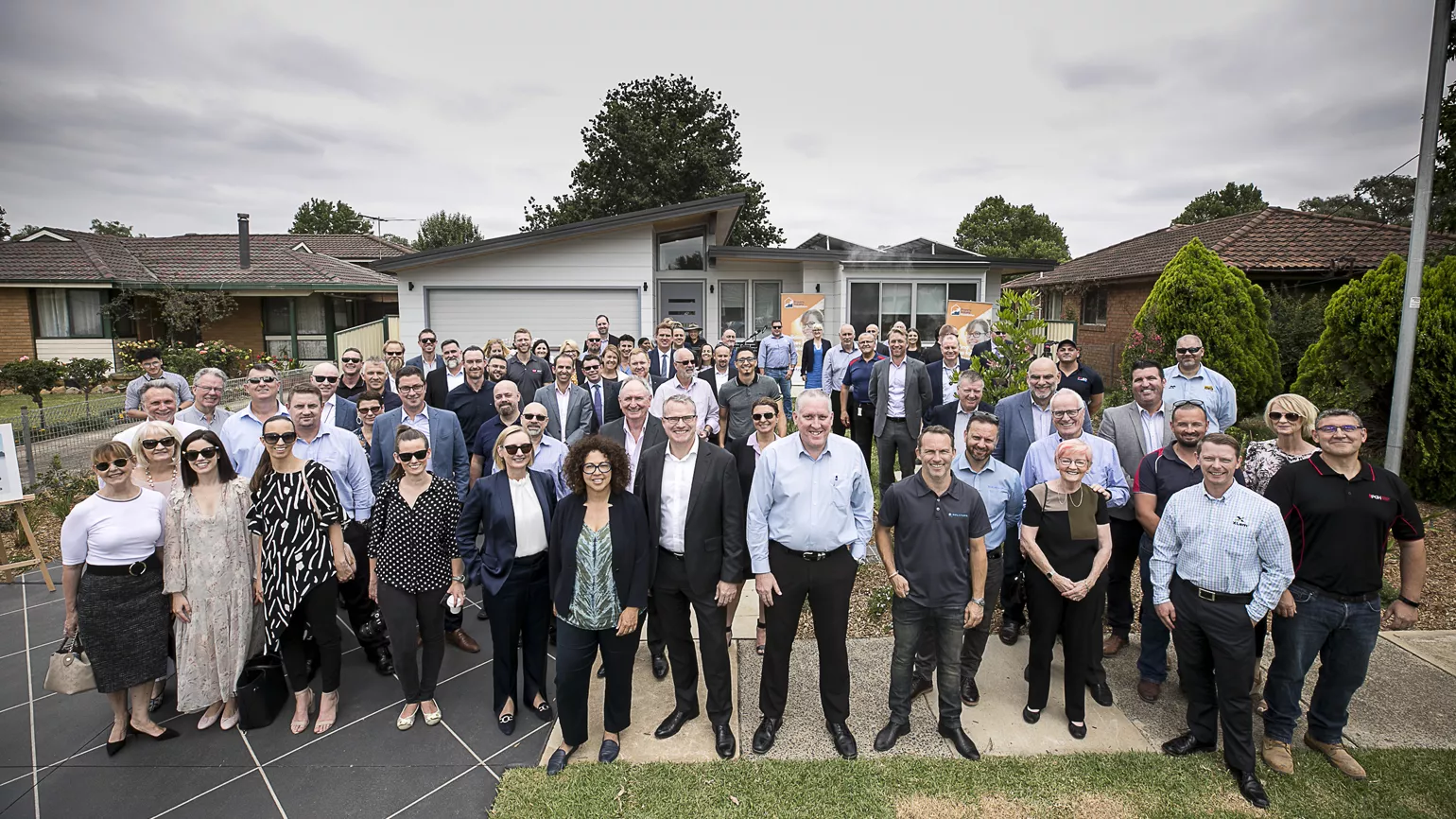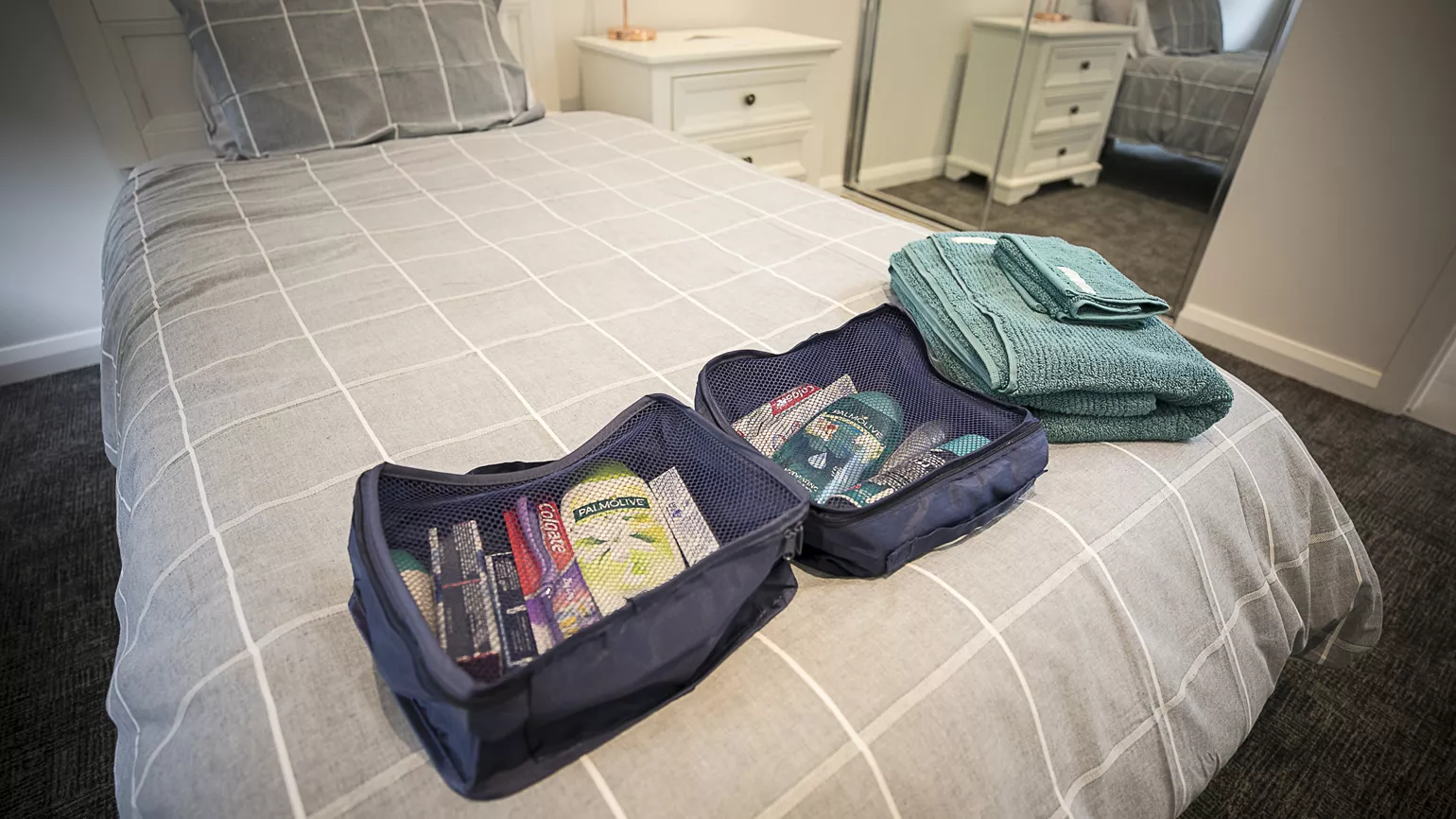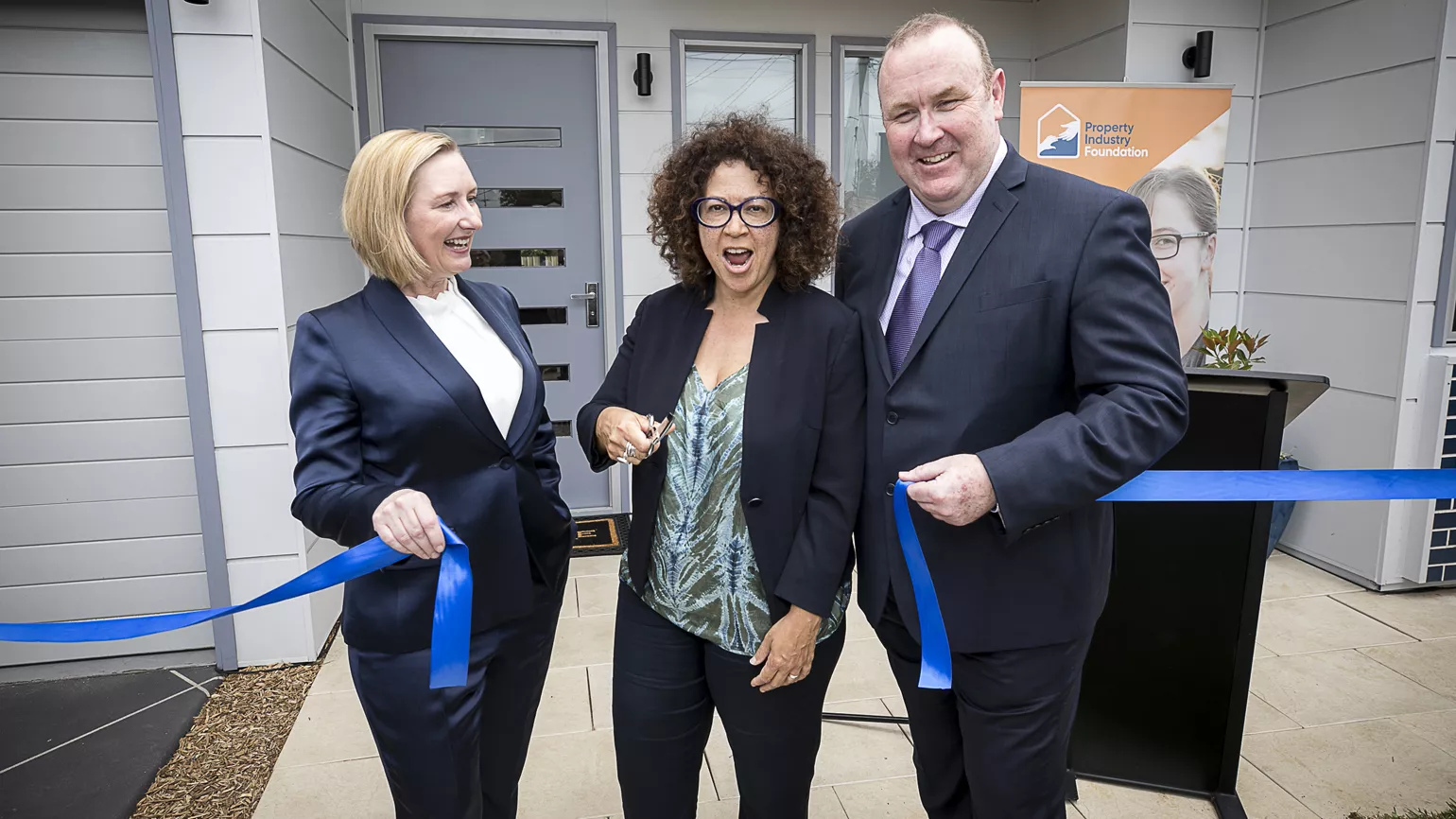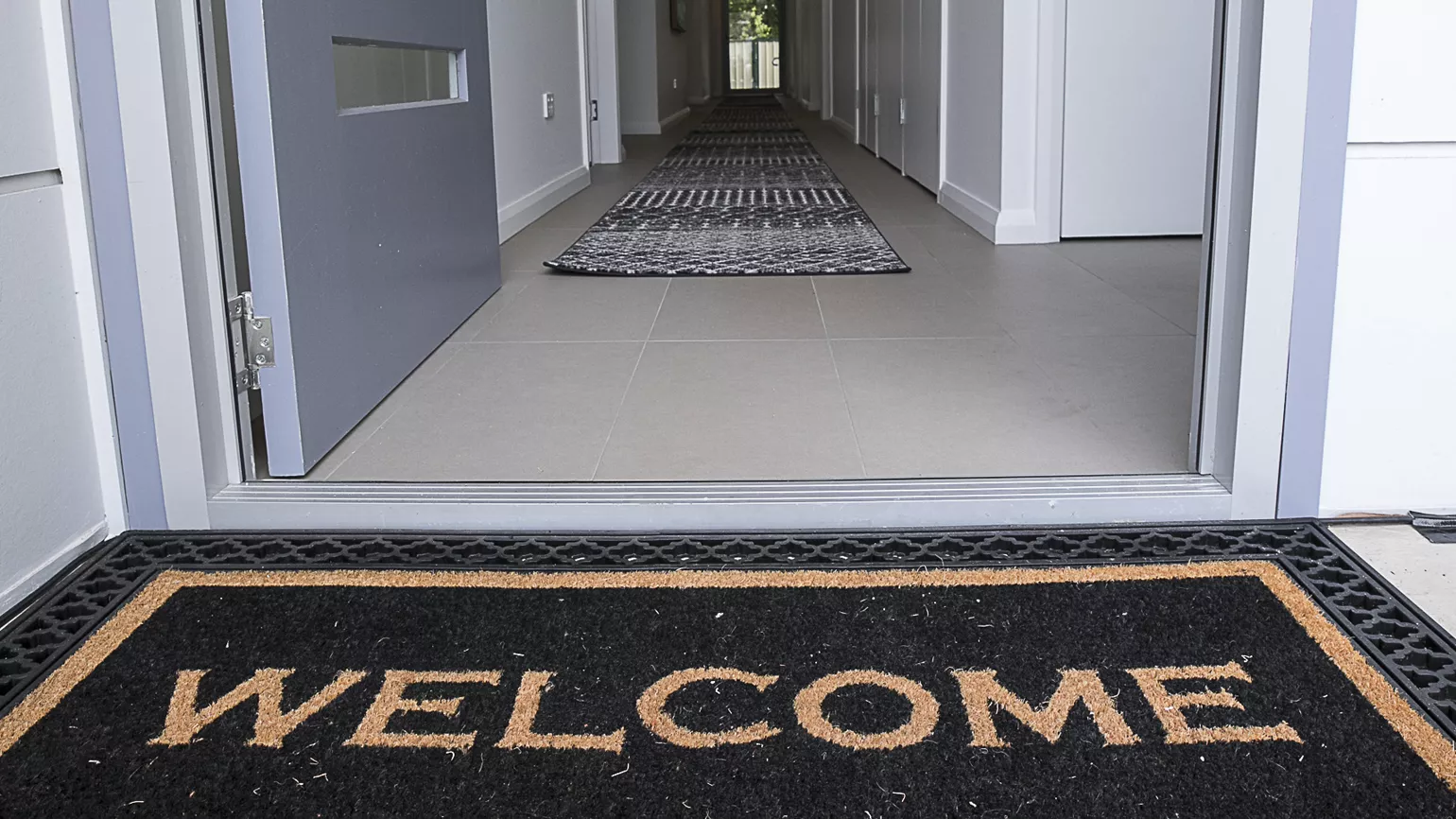SOLAR-EQUIPPED HOME FOR YOUNG PEOPLE
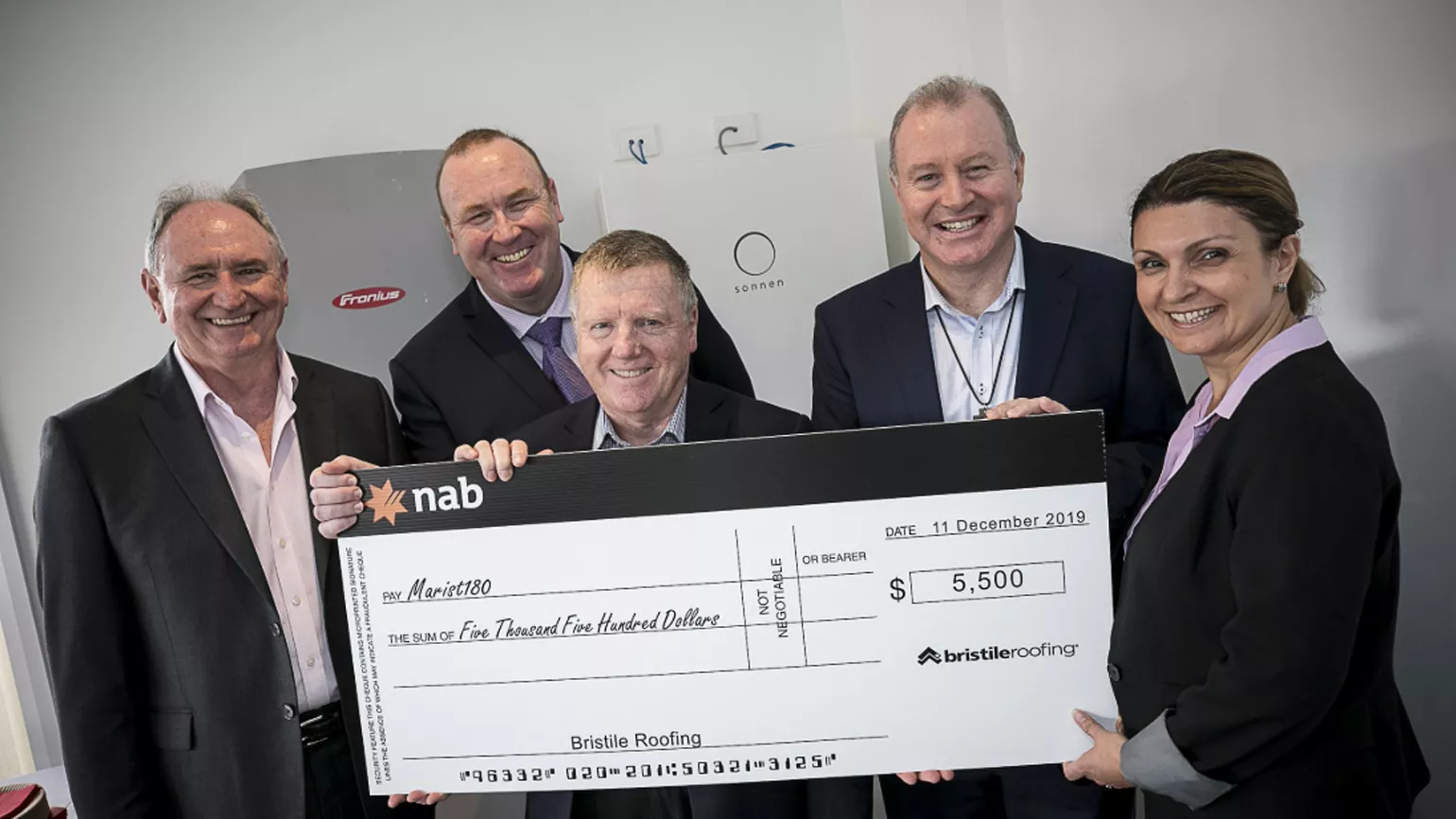
The Property Industry Foundation creates safe environments for young people who have no secure place to sleep. Their goal is to build 125 bedrooms nationally between 2017-2021. These homes are purpose-built to provide a nurturing environment with training in life skills so that the young people can build independent lives.
Companies and people from across the east coast of Australia are donating their time, expertise, resources and money to make these homes happen.
Mirvac has been engaged by the Property Industry Foundation to build a 6 bedroom group home at Toongabbie in North West of Sydney. To help this great cause, a number of supply and installation partners, including Fronius and Leeson Solar, will provide a 10.45 kW solar array together with a 10 kW Sonnen battery as part of the build for the group home.
Further to the solar and battery system, the STCs generated by the solar system, will be donated to the Property Industry Foundation. The STCs are estimated to be in the order of $5,500.
Here we talk to Leeson Group Managing Director, Peter Leeson about his work with Fronius and involvement in the Toongabbie project.
FR. You’ve been a pioneer in the solar industry for 11 years, winning numerous awards for innovation, safety and quality along the way. Can you tell us about your work within the industry and what motivates you?
PL. At Leeson Group we develop multiple solar farms throughout Victoria including Robinvale, Cohuna and Girgarre Solar Farms, operate an international power system and electrical engineering consultancy, design advanced BIPV products and sell/install solar nationally. Renewables and power systems are one of the most evolving industries on the planet, with huge potential to inflict change on future generations. What motivates me is how young our industry is and how much we can achieve.
FR. Fronius and Leeson Group are not strangers to working together. For those that don’t know, can you tell us about your history with Fronius and some of the projects Fronius and Leeson Group have worked on together?
PL. We've worked with Fronius since they entered the Australian solar market, installing the first Agilo 100kW inverter in Sydney and 200kW of Fronius CL inverters in Cambodia just over five years ago. The innovation and local support that Fronius provided us for these projects was exceptional and why we value our partnership with them.
FR. Fronius is delighted to be working with you on PIF’s Toongabbie project. What has led you to become involved with goodwill projects in general, and what was it about this particular project that attracted you?
PL.Leeson Group has an objective to complete 2 to 3 charity projects each year by donating our time and resources into the design and installation of solar systems for selected candidates. Bristile Roofing whom our social values strongly align with has worked with us for a long time and are managing this project, they supplied the solar modules and engaged with Leeson Group and Fronius to achieve an excellent outcome for this great cause.
FR. Can you tell us about the design of the solar array for the house, including which components have been chosen to complete this project and why Fronius was the inverter of choice?
PL. Our engineering team analysed the project's roof and designed the system with Suntech solar modules, Clenergy mounting system and Katco steel DC isolators. We only use Katco isolators due to the issues the industry has with plastic rooftop isolators having water ingress and catching on fire. By using steel isolators and our installation method, we avoid any risk of fire and also get an earth fault alarm through the Fronius inverter if there is water ingress. We use Fronius inverters as Fronius is a market leader in the Australian solar industry, using such a quality inverter aligns with Leeson Group and Bristile Roofing’s focus on quality and reliability.
FR. You are involved with a number of advisory groups and industry bodies, including the Clean Energy Council Installer Reference Group, and the Solar Cutters Committee. What has driven you to be so active in the solar space and what do you see as some of the key requirements for its development in the next 5-10 years?
PL. Our industry needs improvement in many areas with safety and quality being crucial; I believe education and training for the industry on these matters is imperative. As we innovate and grow, the industry needs to maintain the delivery and operations of these assets. Quality is particularly challenging as many projects use low-quality components and end-of-life recycling does not exist. We need government and industry to invest heavily in creating sustainable production for the end-of-life solar panels and batteries.
FR. What role do you believe batteries will play in providing distributed energy resources and grid stabilisation in the future of the Australian energy market?
PL. I believe the next five years stationary batteries will play a significant role in FCAS and other markets; they will also provide homeowners with daily arbitrage when the feed-in tariffs eventual disappear. In 10 years, I believe vehicles and 2-way charging will replace most stationary battery systems, including at some point penetration of the utility battery market. With Nissan releasing the new Leaf with two way charging other carmakers will follow suit, and this is a massive opportunity for vehicles to become more about grid services than mobility.
FR. What do you believe are the major barriers for high penetration of solar PV on the national electricity market?
PL. For residential and commercial, I do not see many barriers as technology will overcome many of the issues that DNSP's face. For utility projects; however, the RIT-T process and approving the investment in transmission is the most significant barrier, the timeline of thermal generators coming offline and the required transmission for decentralised generation do not match. Investment sentiment is good; however, we cannot build what we cannot connect.

